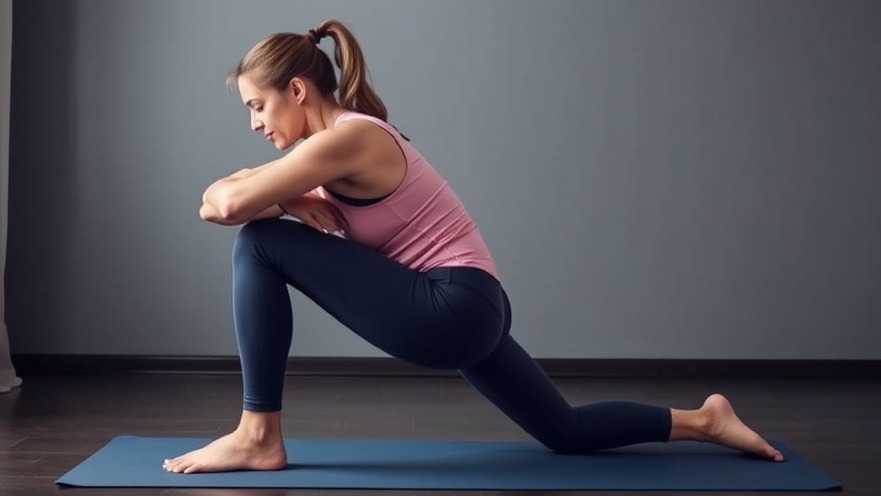
Understanding the Connection Between Tight Legs and Back Pain
For many people today, complaints of tight legs or persistent back pain can be common symptoms of modern life. Sitting for long periods, improper posture, and even stress can lead to discomfort that not only affects our bodies but also our daily activities. In the video Tight Legs or Back Pain? Sit on the Bed and Do This!, practical strategies are shared to alleviate some of these symptoms, primarily through simple exercises performed while sitting on the bed. This approach encourages self-care that is not only accessible but effective.
Why It Matters: The Importance of Movement
Movement is essential for keeping our bodies healthy, particularly as many of us lead more sedentary lifestyles. Regular activity helps maintain flexibility and strength, reducing the risk of injury. Conversely, tight muscles can lead to an increase in back pain, so finding effective ways to encourage mobility is vital. The exercises shown in the video are designed to stretch tight areas in the legs and invite movement, serving as a reminder that even simple actions can make a significant difference in our health.
Easy Bedside Exercises to Alleviate Discomfort
In the video, specific exercises are demonstrated that you can perform right on your bed—making it easier than ever to incorporate them into your routine. For example:
Seated leg stretches: Extend one leg at a time to stretch the hamstrings, which can help alleviate tightness and improve overall mobility.
Gentle spinal twists: While seated, gently twisting your upper body to either side stretches the spine and promotes better alignment.
Calf raises: Standing up (if possible) near the bed to perform calf raises helps build strength in the lower legs and improve circulation.
These exercises not only target areas of discomfort but also reinforce the message that small, consistent actions can lead to increased well-being.
The Ripple Effect: Emotional and Mental Benefits
Alongside physical relief, these exercises can offer emotional and mental benefits. Engaging in movement releases endorphins—the feel-good hormones that can elevate mood and reduce feelings of stress. When we take time to care for our bodies, we send a powerful message to ourselves that we matter. The connection between physical health and mental wellness is undeniable; nurturing one is often beneficial for the other.
Transformative Wellness: Beyond Physical Health
Taking a holistic approach to health means recognizing the importance of finding balance, especially when we're feeling discomfort. The simple act of sitting on your bed and moving can serve as a powerful reminder to care for every part of ourselves. Through consistent practice of gentle exercises, we not only alleviate soreness but also cultivate a deeper awareness of our bodies. This awareness can empower us to make more informed choices about our health and well-being.
Take Action: Simple Steps Toward Better Health
Incorporating these practices into your life is an accessible way to foster a more gentle approach to health. Whether you're someone who experiences frequent tightness or wants to prevent discomfort, these exercises can help. Make it a habit to perform these stretches daily, and notice how your body responds over time. If you feel inspired to take a step further, consider consulting with a physical therapist for tailored advice specific to your needs.
Practicing self-care is about embracing a journey toward health that honors where you are today. Remember, the goal is progress—no matter how small!
 Add Row
Add Row  Add
Add 




Write A Comment